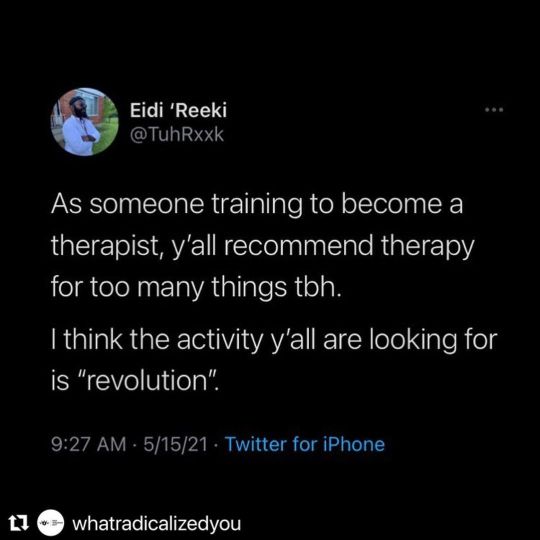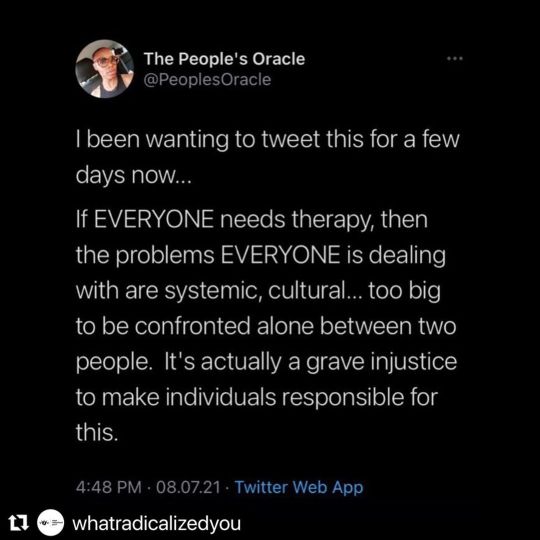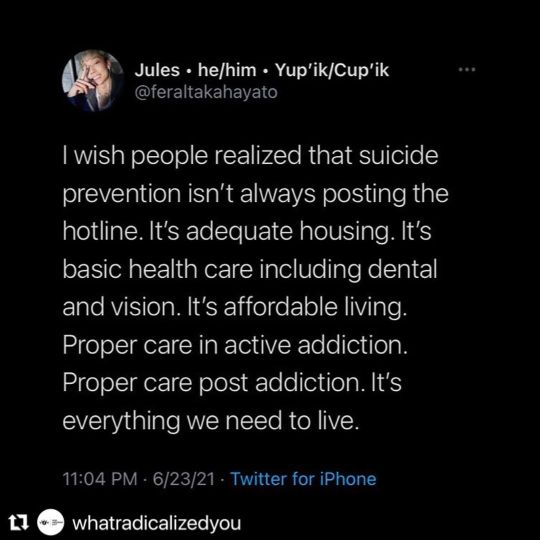Text
During the most poor and homeless period of my life, I had a lot of people get angry with me because I spent $25 on Bath and Body Works candles during a sale. They couldn’t comprehend why the hell I would do that when I had been fighting for months to try and get us on our feet, afford food, and have an apartment to live in.
Those candles were placed beside wherever I slept that night. In the morning, I would move them and set them wherever I’d have to hang out. At one point I carried one around in my purse - one of those big honking 3-wick candles. I never lit them, but I’d open them and smell them a lot.
I credit that purchase with a lot of my drive that got me to where I am today. I had been working tirelessly, 15+ hour days with barely any reward, constantly on the phone or trying to deal with organizations and associations to “get help at”. It’d gone on for almost a year by the end of it, and I was so burnt out, to the point that I would shake 24/7. But I could get a bit of relief from my 3-wick “upper middle class lifestyle” candles. They represented my future goals, my home I wanted to decorate, and how I would one day not be in this mess anymore.
When we moved into the apartment, and our financial status improved, I burned those candles every single day. When they were empty, I cleaned them out, stuck labels on them, and they became the starting point of my really cute organization system I had ALWAYS planned to have.
So whenever I hear about someone very poor getting themselves a treat - maybe it’s Starbucks, maybe it’s a home deco item, maybe it’s a video game… I don’t judge them. I get it. I get that you can’t go without anything for that long without it making you go crazy. You need to pull some joy, inspiration, and motivation from somewhere.
291K notes
·
View notes
Text
"With “green corridors” that mimic the natural forest, the Colombian city is driving down temperatures — and could become five degrees cooler over the next few decades.
In the face of a rapidly heating planet, the City of Eternal Spring — nicknamed so thanks to its year-round temperate climate — has found a way to keep its cool.
Previously, Medellín had undergone years of rapid urban expansion, which led to a severe urban heat island effect — raising temperatures in the city to significantly higher than in the surrounding suburban and rural areas. Roads and other concrete infrastructure absorb and maintain the sun’s heat for much longer than green infrastructure.
“Medellín grew at the expense of green spaces and vegetation,” says Pilar Vargas, a forest engineer working for City Hall. “We built and built and built. There wasn’t a lot of thought about the impact on the climate. It became obvious that had to change.”
Efforts began in 2016 under Medellín’s then mayor, Federico Gutiérrez (who, after completing one term in 2019, was re-elected at the end of 2023). The city launched a new approach to its urban development — one that focused on people and plants.
The $16.3 million initiative led to the creation of 30 Green Corridors along the city’s roads and waterways, improving or producing more than 70 hectares of green space, which includes 20 kilometers of shaded routes with cycle lanes and pedestrian paths.
These plant and tree-filled spaces — which connect all sorts of green areas such as the curb strips, squares, parks, vertical gardens, sidewalks, and even some of the seven hills that surround the city — produce fresh, cooling air in the face of urban heat. The corridors are also designed to mimic a natural forest with levels of low, medium and high plants, including native and tropical plants, bamboo grasses and palm trees.
Heat-trapping infrastructure like metro stations and bridges has also been greened as part of the project and government buildings have been adorned with green roofs and vertical gardens to beat the heat. The first of those was installed at Medellín’s City Hall, where nearly 100,000 plants and 12 species span the 1,810 square meter surface.
“It’s like urban acupuncture,” says Paula Zapata, advisor for Medellín at C40 Cities, a global network of about 100 of the world’s leading mayors. “The city is making these small interventions that together act to make a big impact.”
At the launch of the project, 120,000 individual plants and 12,500 trees were added to roads and parks across the city. By 2021, the figure had reached 2.5 million plants and 880,000 trees. Each has been carefully chosen to maximize their impact.
“The technical team thought a lot about the species used. They selected endemic ones that have a functional use,” explains Zapata.
The 72 species of plants and trees selected provide food for wildlife, help biodiversity to spread and fight air pollution. A study, for example, identified Mangifera indica as the best among six plant species found in Medellín at absorbing PM2.5 pollution — particulate matter that can cause asthma, bronchitis and heart disease — and surviving in polluted areas due to its “biochemical and biological mechanisms.”
And the urban planting continues to this day.
The groundwork is carried out by 150 citizen-gardeners like Pineda, who come from disadvantaged and minority backgrounds, with the support of 15 specialized forest engineers. Pineda is now the leader of a team of seven other gardeners who attend to corridors all across the city, shifting depending on the current priorities...
“I’m completely in favor of the corridors,” says [Victoria Perez, another citizen-gardener], who grew up in a poor suburb in the city of 2.5 million people. “It really improves the quality of life here.”
Wilmar Jesus, a 48-year-old Afro-Colombian farmer on his first day of the job, is pleased about the project’s possibilities for his own future. “I want to learn more and become better,” he says. “This gives me the opportunity to advance myself.”
The project’s wider impacts are like a breath of fresh air. Medellín’s temperatures fell by 2°C in the first three years of the program, and officials expect a further decrease of 4 to 5C over the next few decades, even taking into account climate change. In turn, City Hall says this will minimize the need for energy-intensive air conditioning...
In addition, the project has had a significant impact on air pollution. Between 2016 and 2019, the level of PM2.5 fell significantly, and in turn the city’s morbidity rate from acute respiratory infections decreased from 159.8 to 95.3 per 1,000 people [Note: That means the city's rate of people getting sick with lung/throat/respiratory infections.]
There’s also been a 34.6 percent rise in cycling in the city, likely due to the new bike paths built for the project, and biodiversity studies show that wildlife is coming back — one sample of five Green Corridors identified 30 different species of butterfly.
Other cities are already taking note. Bogotá and Barranquilla have adopted similar plans, among other Colombian cities, and last year São Paulo, Brazil, the largest city in South America, began expanding its corridors after launching them in 2022.
“For sure, Green Corridors could work in many other places,” says Zapata."
-via Reasons to Be Cheerful, March 4, 2024
13K notes
·
View notes
Text
thinking about how much work i could get done if i would do it
110K notes
·
View notes
Text
cats don't even unstick their claws out of things anymore they will just sit there with their claw stuck in a blanket and look at you like this until you unstick it for them

47K notes
·
View notes
Text
When I see people sharing so much of their kids' lives, I think about that one time my child told a joke, I shared that joke with ONE FRIEND in a private conversation, and my child said "can you please ask me next time, before you tell people something about me?"
And, yes, I absolutely should. So I apologized, and now I ask.
"I love that video of you, can I show it to a friend?"
"Can I tell a friend about how clever you were just now?"
"Can I share this in the family group chat?"
"Can I show your art to grandma and grandpa?"
And it's not like my kids don't like when I share their jokes and puns and fun moments. They love it! But they want to have control over what I share with people. Even without their faces or their names. Even people we know and trust.
And they deserve to have that control.
My children are small so the examples are small. They wanted me to ask, so I ask. Just like being told to kiss my grandma's cheek when I was a kid was far from traumatizing, but I don't do that with my kids because it's a way to practice consent and become aware of bodily autonomy.
It gets both me and them in the habit of asking for consent and drawing boundaries and seeing the lines between their life and my life, their stories and my stories.
47K notes
·
View notes
Text
It's honestly crazy that discussion around testosterone HRT skews so much towards the beginning stages of it (to the point that you have dozens of guys thinking their transition is "failed" if they don't pass by like a year in lol) and what the initial changes of the first couple of months to years look like, like the classic laundry list of those early basic changes like bottom growth, voice drop, etc, when IMO literally none of that compares remotely to the depth and intensity of the long term total masculinization you start to experience like 3-5+ years in.
36K notes
·
View notes
Text
Every time I like or reblog a post, I leave a little bit of man residue on it
Every time I reply or add commentary to a reblog, that’s five times as much man residue
Me following your blog means your whole blog has man residue
I’m spreading it everywhere
101K notes
·
View notes
Text


Vincent van Gogh, Roses, 1890
Vincent van Gogh, Roses, 1890
475 notes
·
View notes
Photo
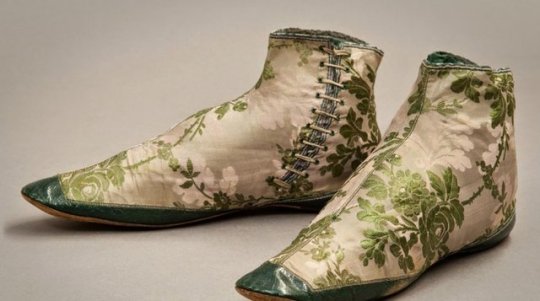
A pair of 1850s silk damask evening boots, tipped with yew-green leather foxing & overgrown with foliage
169 notes
·
View notes
Photo

Wonderful selection of eight 19th century carved angel wings.
10K notes
·
View notes
Text
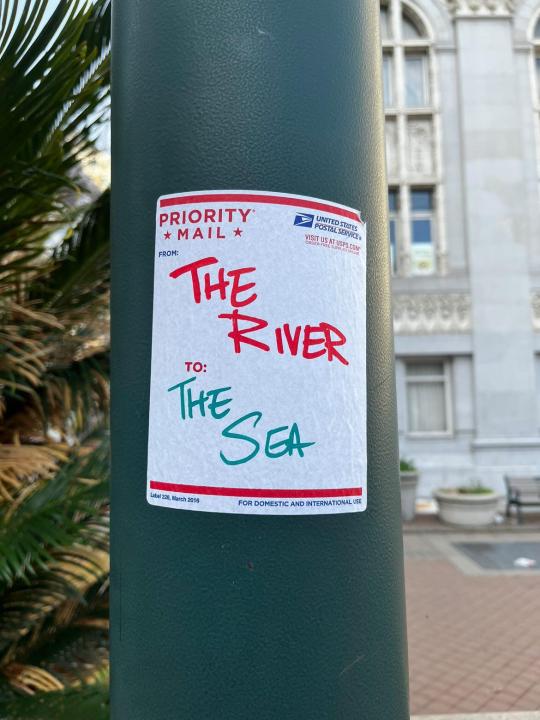
Priority mail sticker on a pole featuring the words THE RIVER & THE SEA written on it using red and green marker
6K notes
·
View notes
Text
You guys rlly don't realise how much knowledge is still not committed to the internet. I find books all the time with stuff that is impossible to find through a search engine- most people do not put their magnum opus research online for free and the more niche a skill is the less likely you are to have people who will leak those books online. (Nevermind all the books written prior to the internet that have knowledge that is not considered "relevant" enough to digitise).
Whenever people say that we r growing up with all the world's knowledge at our fingertips...it's not necessarily true. Is the amount of knowledge online potentially infinite? Yes. Is it all knowledge? No. You will be surprised at the niche things you can discover at a local archive or library.
79K notes
·
View notes


